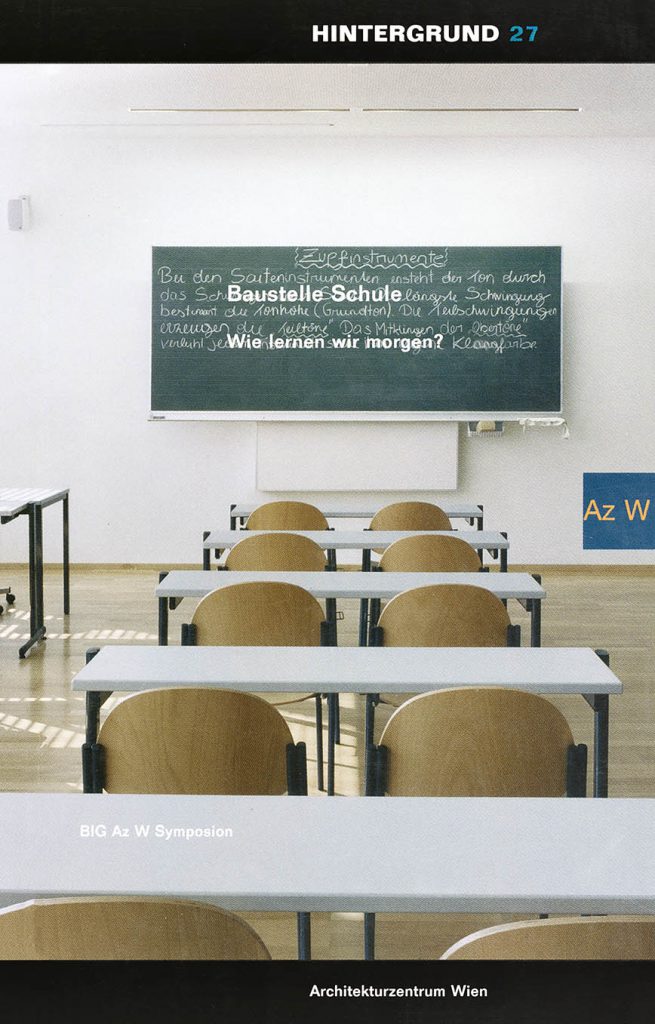
School construction. There is actually no other building task known in recent architectural history that has fallen so far behind a state of knowledge and practice once already achieved. School construction in Austria had a special cultural-political significance in the sixties and early seventies of the last century.




